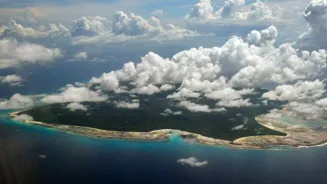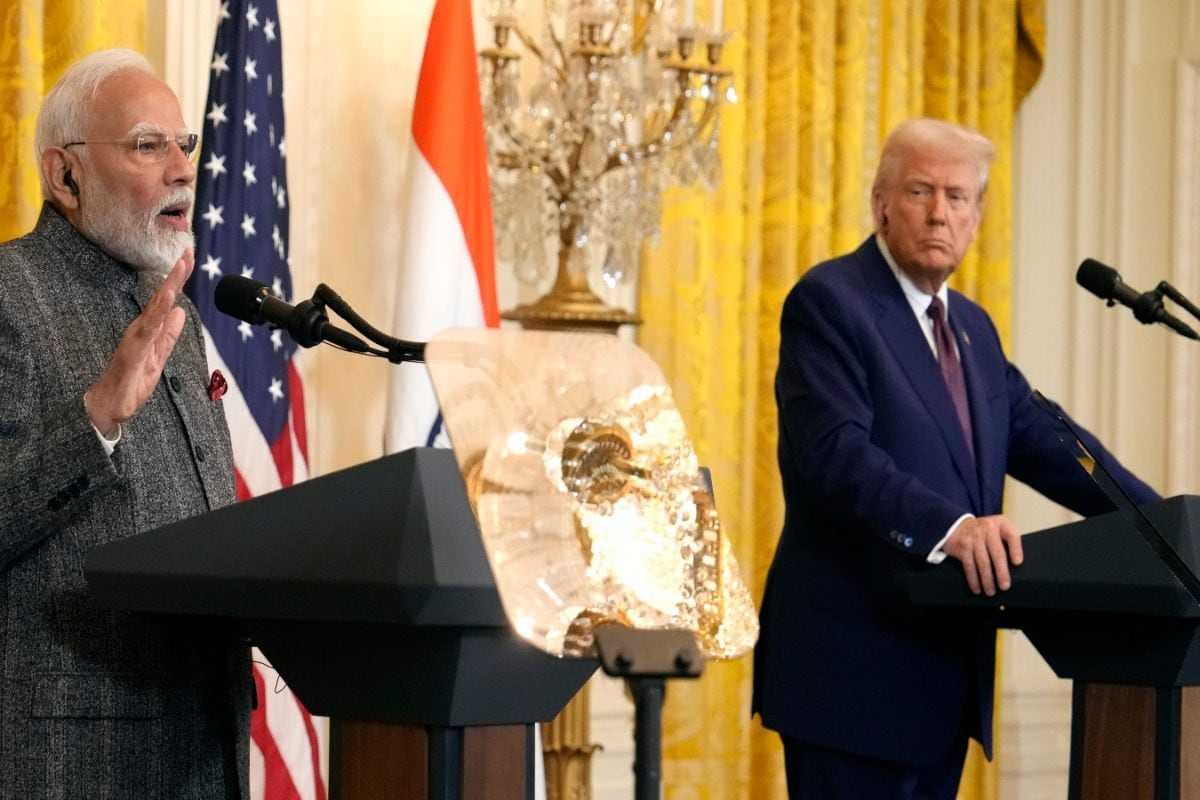The pivot makes sense. China’s navy, once confined to its coastal shallows, now roams the Indian Ocean with the confidence of a rising hegemon. Submarines slip through chokepoints, and spy ships spend a long time in India’s littoral as routine. So, the Andaman Islands are the strategic outpost
At the heart of this strategy lies the Six Degree Channel, also known as the Great Channel, a 163 km-wide passage between Great Nicobar and Indonesia’s Sumatra. Through it flows a quarter of global maritime trade, including 80 per cent of China’s oil imports. Some 94,000 ships pass annually, making it a lifeline. For India, dominating this artery means holding a chokehold on potential adversaries. Unlike the Malacca Strait, farther east and shared with allies, the Great Channel offers New Delhi unilateral leverage—monitoring traffic in peacetime, interdicting it in
The islands’ position amplifies this advantage. Stretching 800 km from Myanmar to Indonesia, they guard the entrance to the Indian Ocean from the South China Sea. China’s “Malacca dilemma”—its vulnerability to blockade—becomes India’s opportunity. Beijing knows this: its survey ships have probed nearby waters, and it has leased Myanmar’s Coco Islands, just 55 km north, for what many suspect are listening posts. India’s response? A muscular buildup to turn vulnerability into strength.
First, the navy is lengthening runways at INS Kohassa in Shibpur, North Andamans, and INS
Second, the Indian Air Force is upgrading Car Nicobar’s station for fighter squadrons, adding radar coverage for anti-missile defence and hangars to support extended deployments. This complements Port Blair’s INS Utkrosh, now equipped for
Third, new jetties are rising to berth larger vessels, turning temporary anchorages into permanent naval hubs. Fourth, road networks are expanding for swift troop movements. Fifth, permanent barracks and logistics depots will house division-strength infantry, lessening reliance on mainland rotations. Sixth, advanced surveillance—radars, sensors and missile systems—will create a digital shield, spotting intruders from afar.
These aren’t pipe dreams. In the past 30 days alone—as of early
Yet the real edge comes from alliances that endure. Amid Quad uncertainties, the “Fish Hook” partnership with America and Japan—a submarine surveillance network—stands firm. This chain of
Challenges abound. The islands’ isolation inflates costs; everything from cement to soldiers must cross the Bay of Bengal. China’s shadow looms with its navy, with 3-4 task forces
Execution is key.
Like an admiral priming his fleet for the decisive salvo, India is positioning the Andamans to command the littoral. In an era of waning coalitions, these islands offer enduring might—guarding trade, deterring foes, and securing a multipolar Indo-Pacific. The duel is on; India, chamber loaded, stands ready to fire.
The writer is a senior journalist with expertise in defence. Views expressed are















